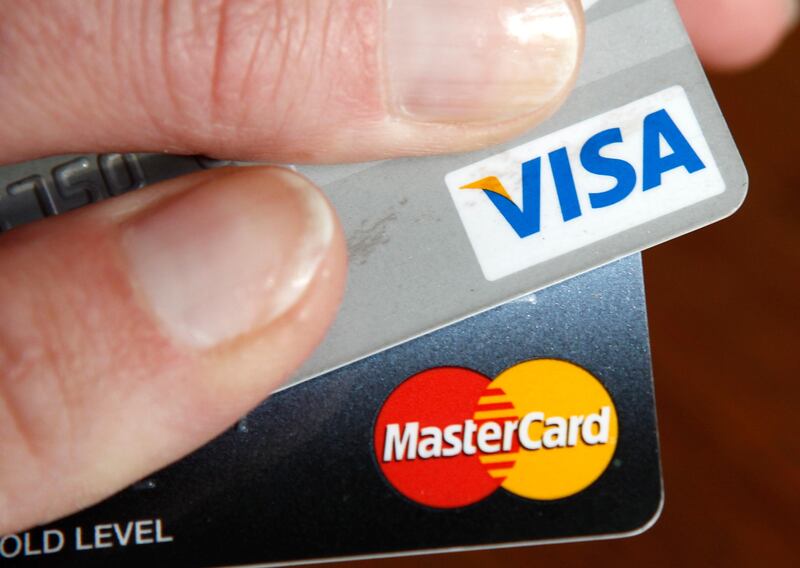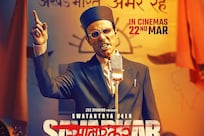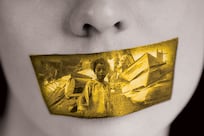The dollar bill, that long-time rival of credit card companies, is under attack once again.
After years of fighting to get their cards accepted in stores, Visa and Mastercard are stepping up efforts to get merchants and consumers to move to a cashless world.
The idea is simple and potentially very profitable: get people to use their credit cards rather than cash for more purchases - and, eventually, all transactions. In that future, card networks and other electronic payment systems would essentially get a slice of every transaction.
Visa and Mastercard already have made extensive inroads in expanding credit-card usage. They handled US$4.3 trillion in payments in the United States last year, more than double from a decade ago. Still, the amount of currency in circulation has also doubled in that period, and cash remains the most widely used payment instrument in the US.
Last week, Visa upped the ante in its push to put cash out of business. The network said that it will give 50 restaurants that agree to ditch cash for good a $10,000 reward to spend on marketing and point-of-sale technology.
“The US still has an enormous amount of headroom to grow in terms of displacing more cash,” said Jack Forestell, the head of global merchant solutions at Visa. “It’s a much more significant opportunity for us than trying to steal share from a competitor.”
Such incentives are aimed at chipping away at merchants’ skepticism toward taking cards only. Some fear they will alienate customers who prefer to use cash, according to Christophe Vergne, who leads the payments practice at Capgemini Global Financial Services. And many store owners want to avoid the fees that come with accepting cards, which range from about 22 cents for a debit-card purchase to 2 per cent of the total bill for a credit-card purchase.
“Merchants in general are unwilling to push customers to do one thing or another - merchants want to accept everything,” said Chris Donat, an analyst at Sandler O’Neill who covers Visa and Mastercard.
But Mr Vergne thinks more merchants are learning that handling cash isn’t free.
“They have to take the cash to the bank, or they have to pay cash transporters to come and collect the cash - and they have to pay employees to count the money at the end of the day,” he said.
The US is far from the leader in non-cash payments. Cards are the only form of accepted payment at many places across Sweden, the most cashless society on the planet. And recently, the world’s largest payment networks saw a surge in transactions and cardholders after the Indian government’s decision to remove high-denomination bills from circulation last year. India retreated somewhat from the policy after a shortage of cash choked parts of the economy.
Mastercard's chief executive Ajay Banga has been one of the most ardent supporters of ditching paper currency in the US. The 57-year-old first declared his war on cash in 2010, shortly after taking the helm at the company. More recently, his network has been signing deals with third-party payment providers to help propel the conversion from cash to card in certain sectors including education and rent.
“I view cash as the real competitor for the company,” Mr Banga said during the company’s annual shareholder meeting last month.
In the US, cash is used for more than 60 per cent of purchases under $10, according to the Federal Reserve.
Cash isn’t the only enemy. American Express has begun to target government and health care, sectors that typically rely on check payments, said Ed Jay, the executive vice president of merchant services at AmEx. The network has also targeted small businesses, adding over a million merchant locations in 2016, including 7,000 dry cleaners and 58,000 salons. It has said it will have as many US merchants as Visa and Mastercard by the end of next year, or more than 10 million locations.
“The progress that’s been made is certainly remarkable,” said Linda Kirkpatrick, executive vice president of US merchants and acceptance at Mastercard. “I don’t have to pay for parking with cash. I don’t have to pay for my train ticket with cash. Pretty much every point of my day that I do habitually has been electronified.”
Bloomberg






